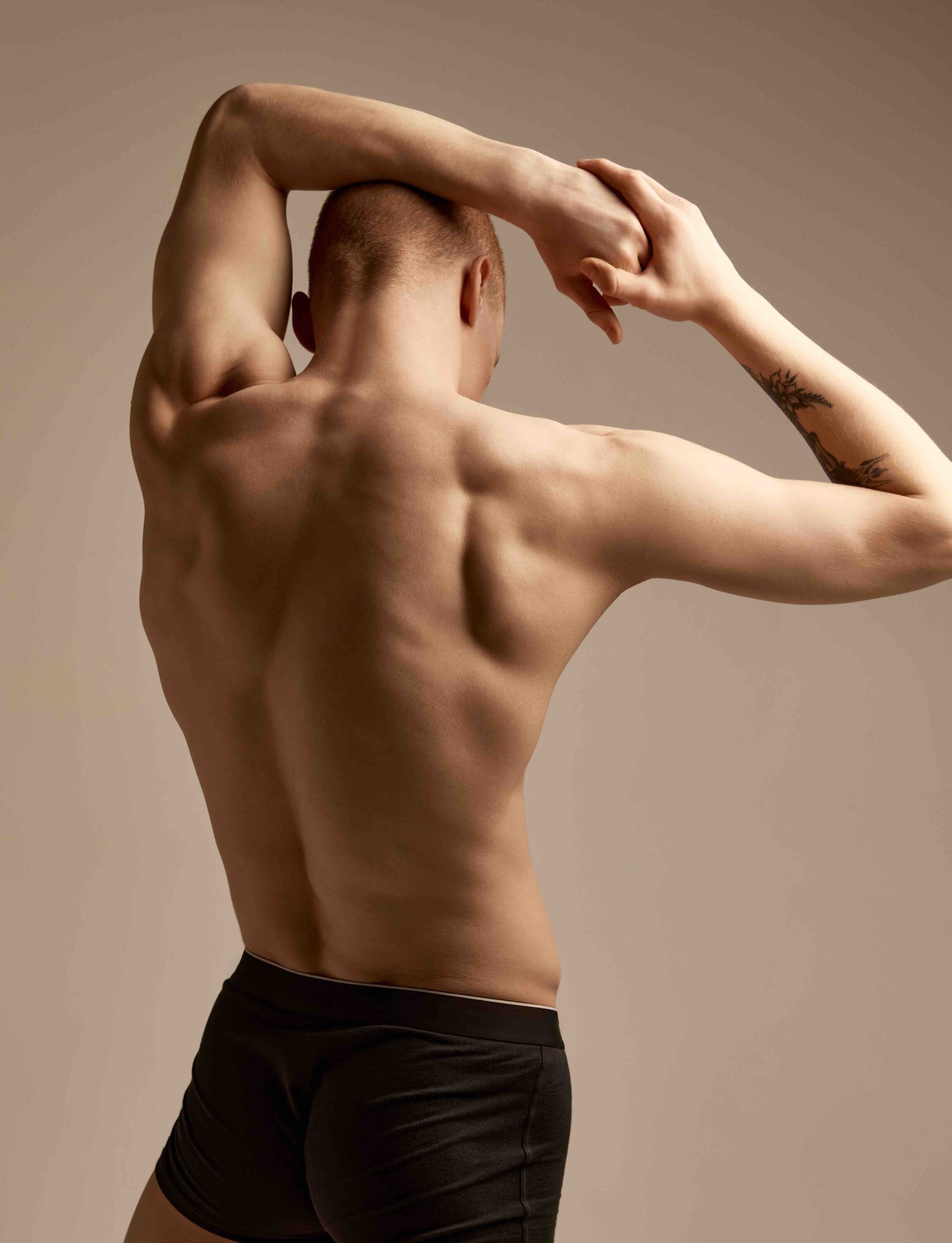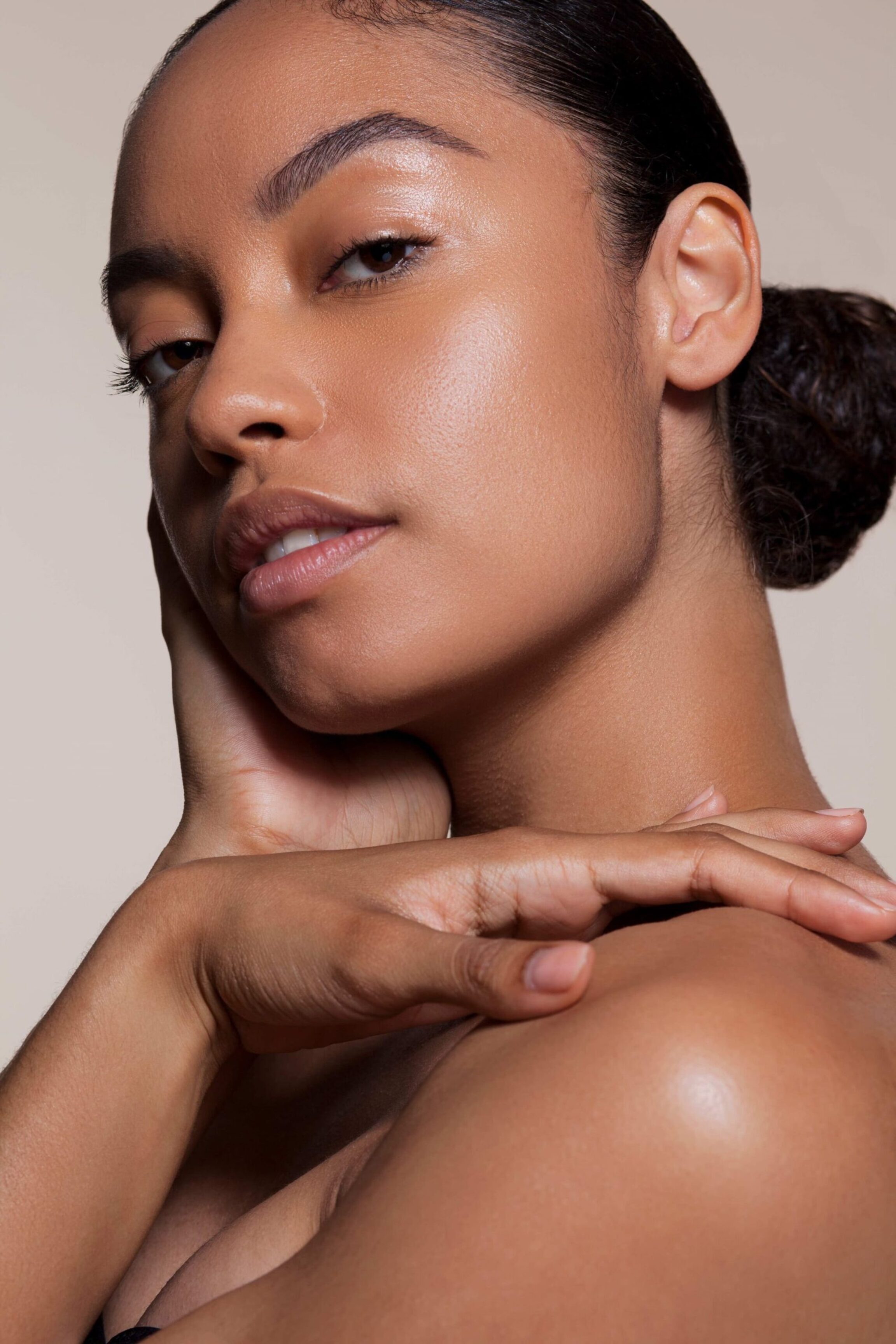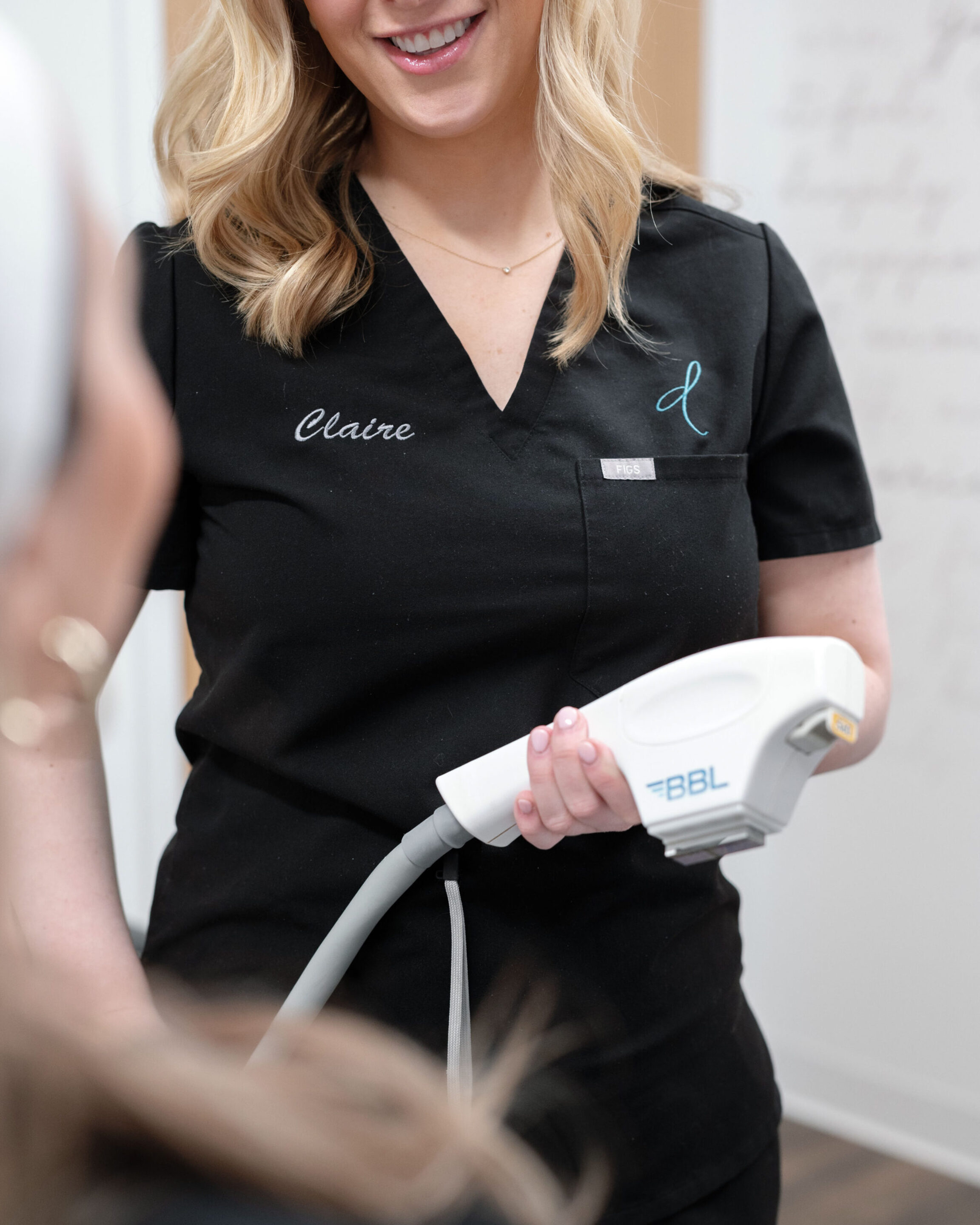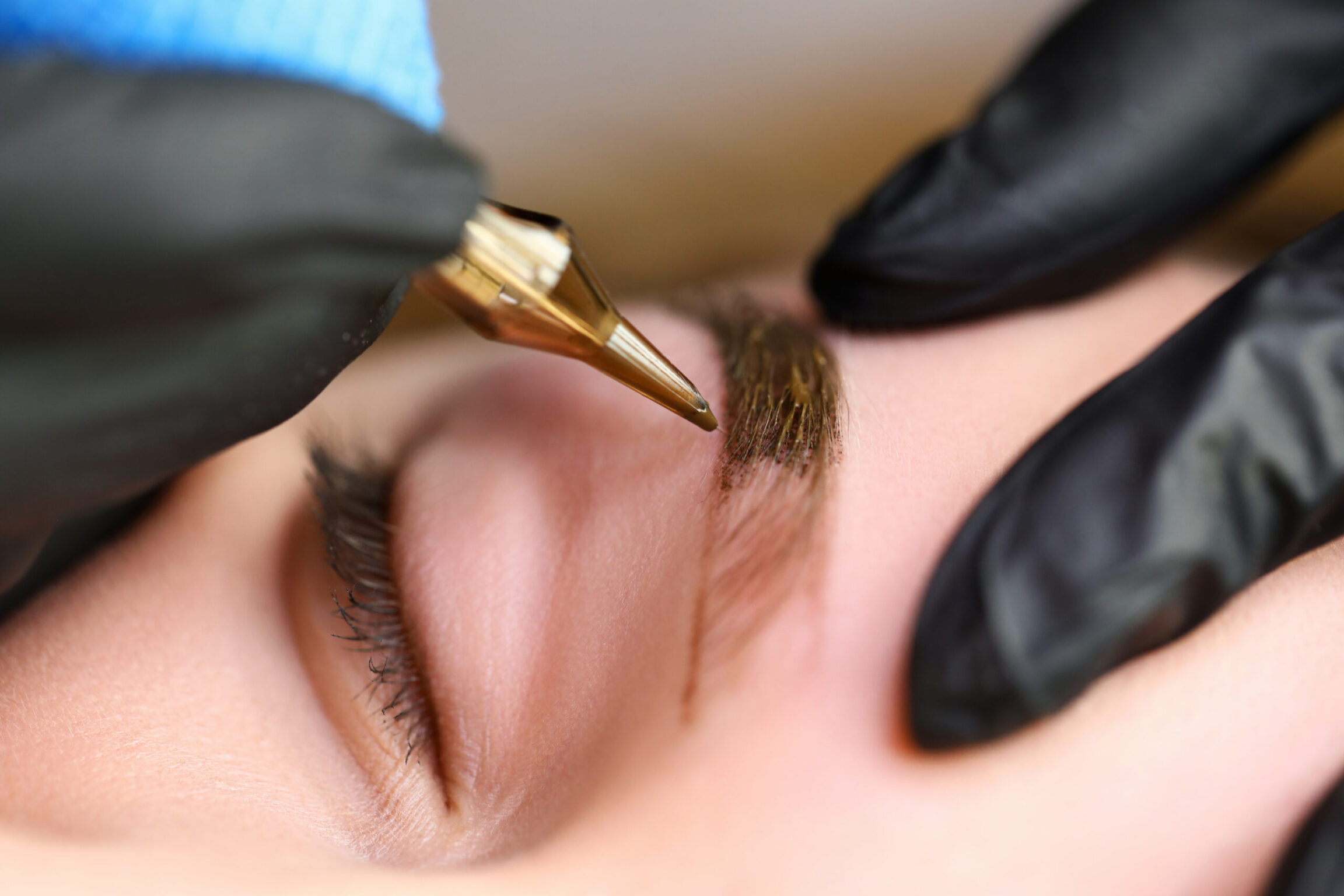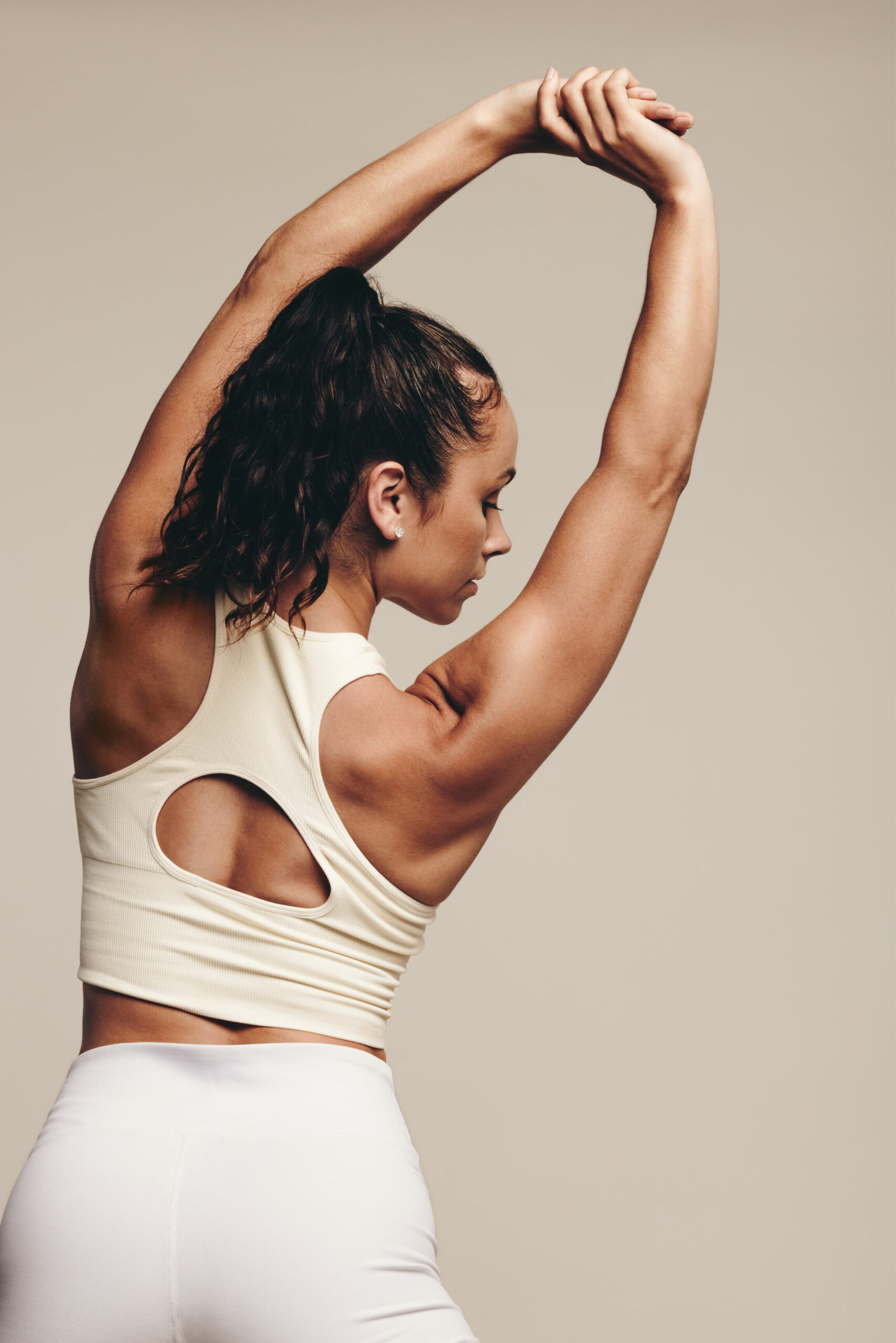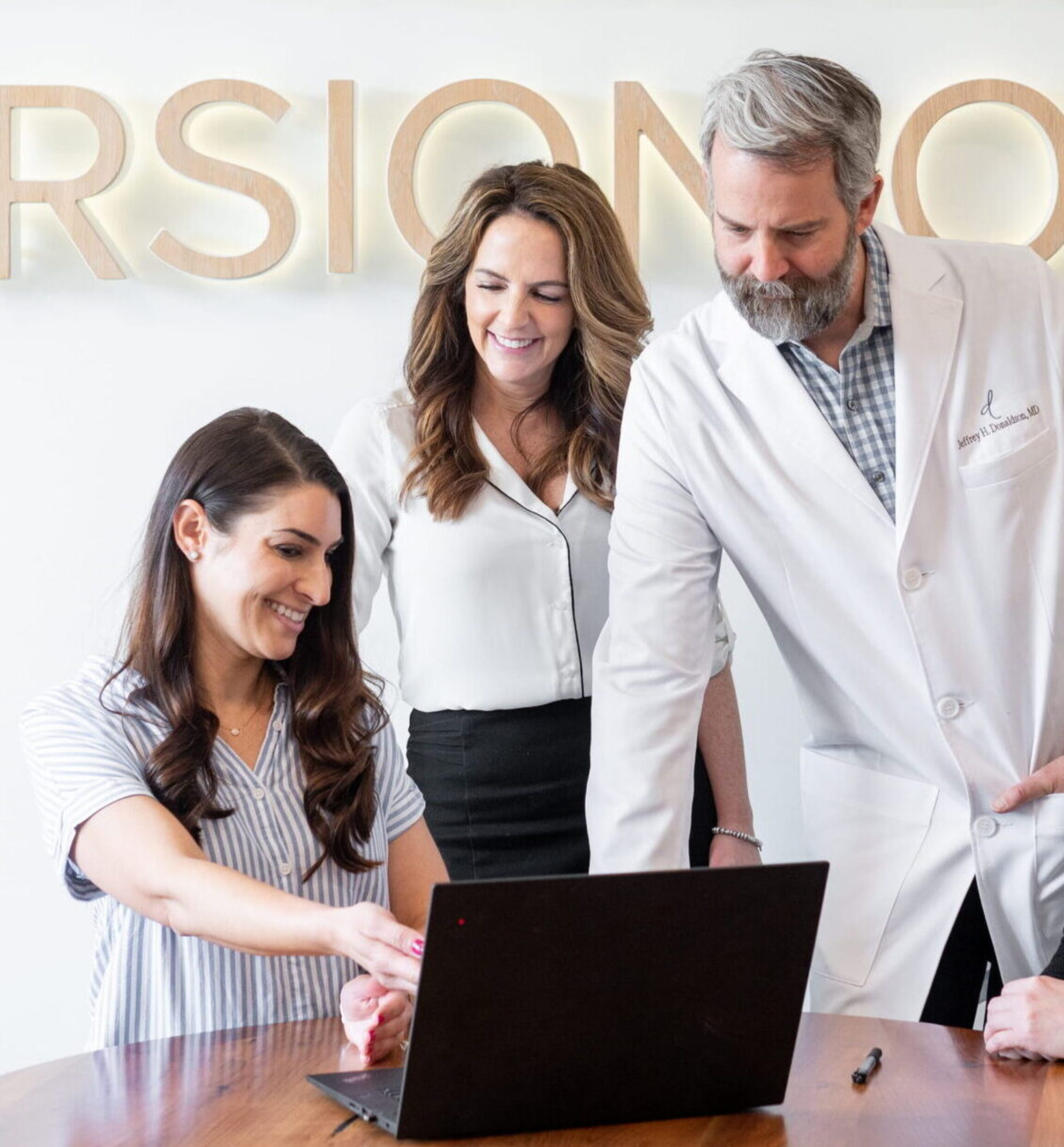Does Breast Augmentation Hurt?
The simple answer to the question, “does breast augmentation hurt?” is yes, usually a little. Each patient responds to the procedure differently, but certain measures can be taken to help. Fortunately, the pain associated with breast augmentation is often minimal compared to other types of operations.
Surgical Technique
There are many ways to perform breast augmentation, and most surgeons use slightly different techniques. Generally, the smaller the incision, the less pain. Silicone implants should rarely require an incision that is more than five centimeters (two inches) long, whereas saline implants may be placed through a three-centimeter incision. Some surgeons use a smooth, efficient and gentle technique where tissues are directly visualized and cleanly separated along natural planes with minimal bleeding, whereas others use a “blind” approach where tissues are bluntly forced apart and handled more aggressively — the former approach results in less pain afterward. Local anesthesia, such as marcaine, can be injected before making the incision so that the sensory nerves are not triggered during surgery or for several hours afterward. This causes less pain. It is worth asking your surgeon about his or her style and preferences. Ask nurses and OR personnel too — they get to directly compare surgeons in the operating room.
Patient Anatomy
Some patients have very low thresholds for pain, or have high tolerances to pain medications. These patients tend to hurt more afterwards. Generally, older patients have less pain, as do mothers who have experienced pregnancy. The body tends to hurt much less when there are significant standards of comparison. Patients who are more muscular may have more chest muscle tightness or spasms afterward, but better fitness may also predict an easier recovery.
Post-Operative Plan
Non-compliant patients have more pain. It is imperative to follow basic recommendations, such as:
1) Wear a soft, supportive bra with no underwire.
2) Take pain medications and use ice packs regularly for the first 24-48 hours.
3) Rest and drink plenty of fluids for the first 48-72 hours.
4) No strenuous exercise for the first 4-6 weeks.
5) Ask your surgeon about homeopathic options such as Arnicare, Traumeel and Bromelain.
Patients who do not follow these steps are apt to have more discomfort.
When surgical technique, patient anatomy and post-operative planning are all favorable, it is uncommon to have much pain after breast augmentation. These conditions can be optimized such that instead, more common symptoms are stiffness, swelling, tightness in the chest, itchiness, numbness and hypersensitivity. These patients say “it doesn’t hurt at all!”
Related Articles

Read More How Plastic Surgery Can Enhance Health
How Plastic Surgery Can Enhance Health
Most known for its aesthetic benefits, plastic surgery can also be used to enhance your overall health & well-being.

Read More Perfect Procedure Pairings
Perfect Procedure Pairings
Discover the best plastic surgery combinations & most popular aesthetic treatment pairings designed to help you achieve your unique goals.
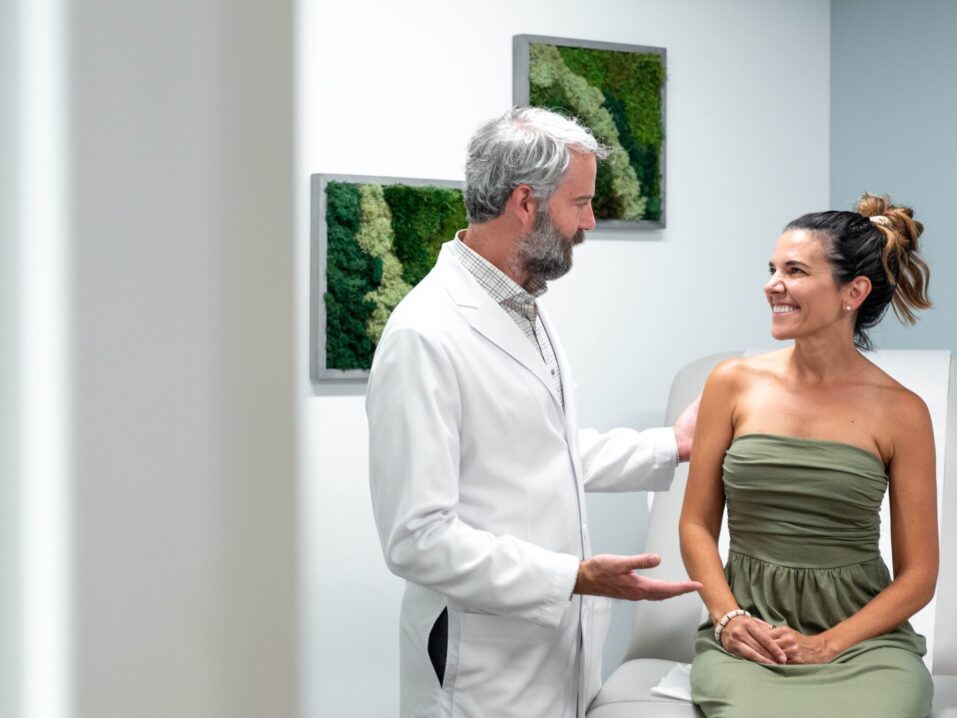
Read More Myths Busted: Plastic Surgery
Myths Busted: Plastic Surgery
Board-certified experts debunk prevalent plastic surgery myths with scientifically sound information to foster a better understanding of what actually happens in the operating room.
